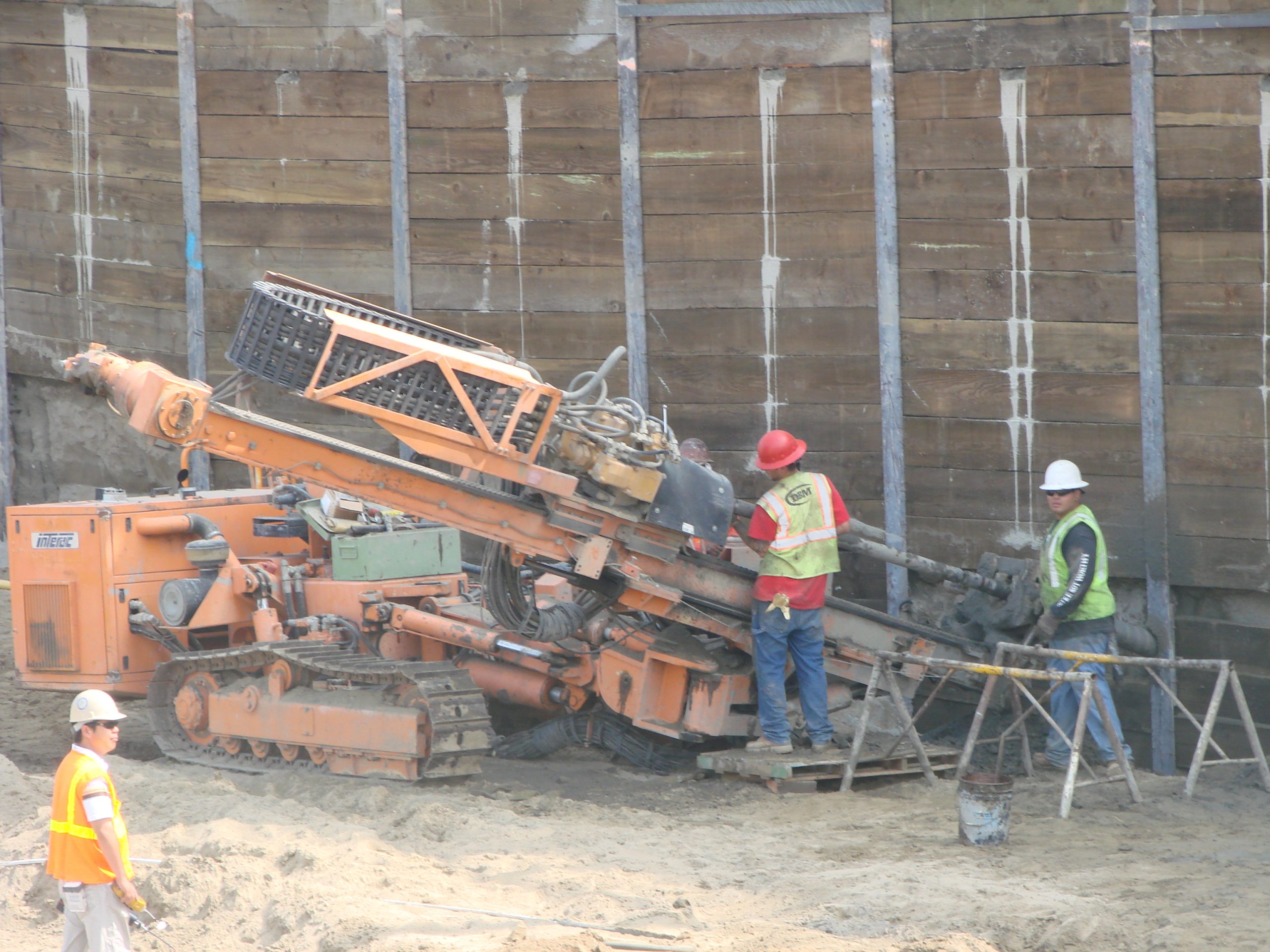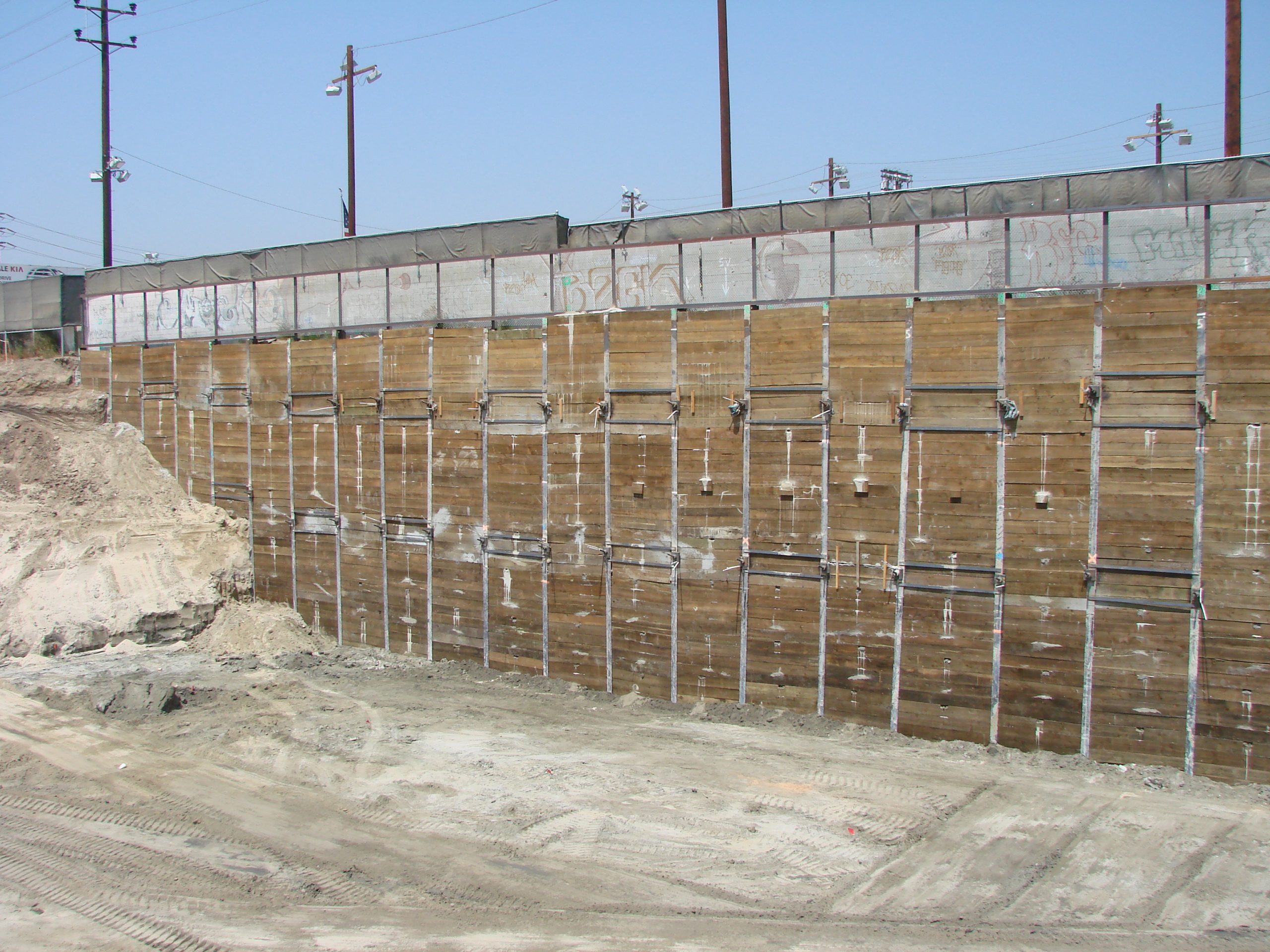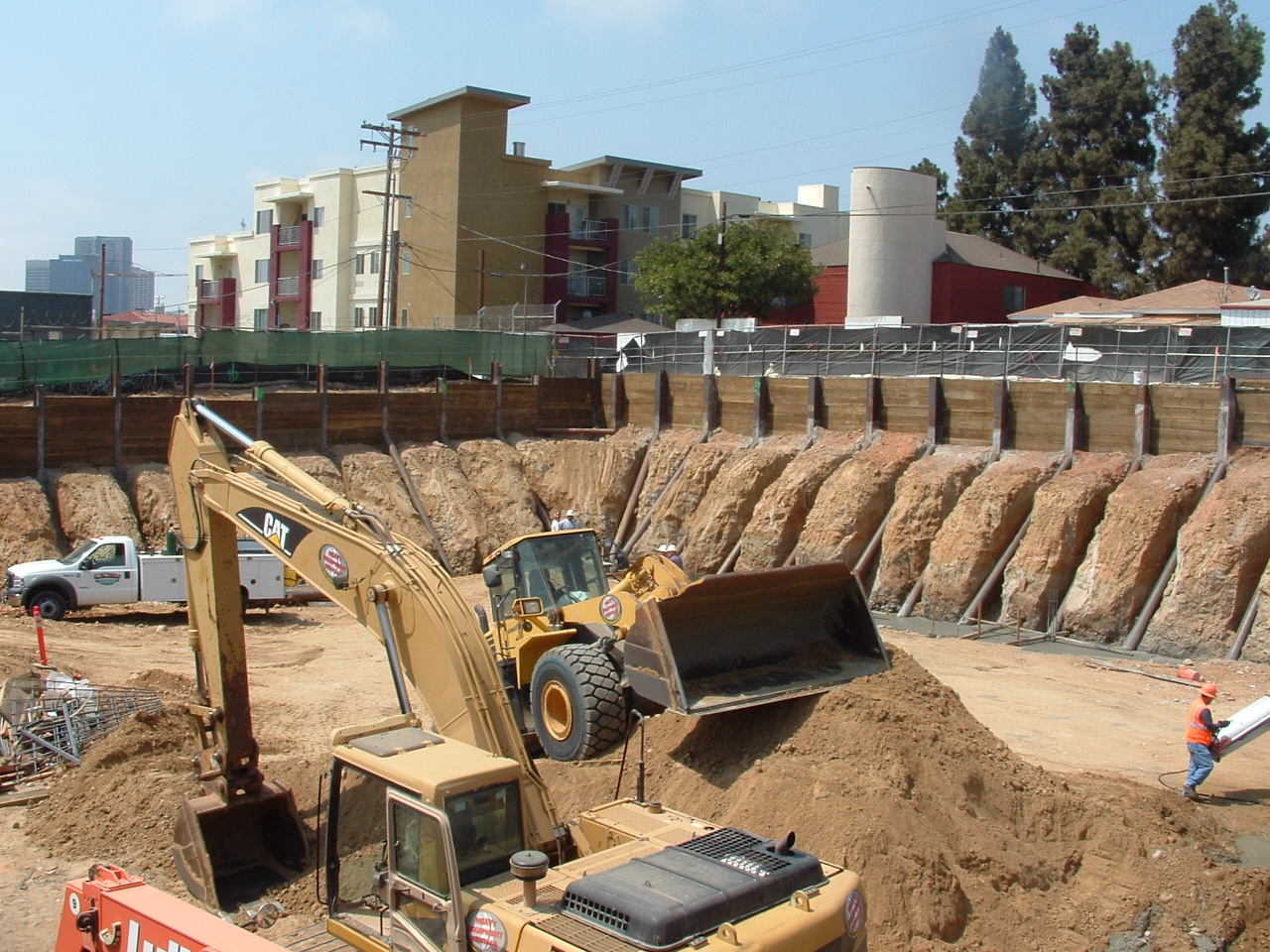


What Is Underpinning?
Underpinning is a construction process used to strengthen and stabilize the foundation of an existing building or structure. It is often required when the original foundation has weakened due to soil movement, water damage, or changes in building use. Underpinning ensures the safety, durability, and long-term performance of a property, making it a critical solution in both residential and commercial construction projects.
When Is Underpinning Needed?
Property owners and contractors typically consider underpinning in the following situations:
- Settlement or movement of the existing foundation
- Cracks in walls or floors caused by unstable soil
- Adding extra floors or heavier loads to an existing building
- Excavation near the property that compromises stability
- Water infiltration or changes in soil conditions
By addressing these issues with professional underpinning methods, buildings can be restored to full safety and structural integrity.
Underpinning Methods
Beam and Base Underpinning
This traditional method involves constructing reinforced concrete beams and bases beneath the existing foundation. The beams transfer the building’s load to the new bases, which sit on more stable soil. Beam and base underpinning is highly effective for large, heavy structures or where the load distribution is uneven.
Mini Piled Underpinning
Mini piled underpinning uses small-diameter piles (generally 150mm to 300mm) drilled deep into the ground to reach stronger, load-bearing strata. This method is especially useful in sites with difficult access, variable soil conditions, or where loads need to be transferred to deeper levels.
Mini Piled Underpinning Scheme
A tailored mini piled underpinning scheme can be designed to meet specific project requirements. Engineers assess soil conditions, load demands, and site constraints to create a custom solution that provides maximum stability while minimizing disruption to the property.
Why Choose Professional Underpinning?
Proper underpinning is not just about stabilizing a structure—it’s about protecting your investment and ensuring long-term safety. Working with experienced engineers and contractors ensures the right method is selected and executed with precision.
Quotes

Fast, Competitive,
Tailored to You.
